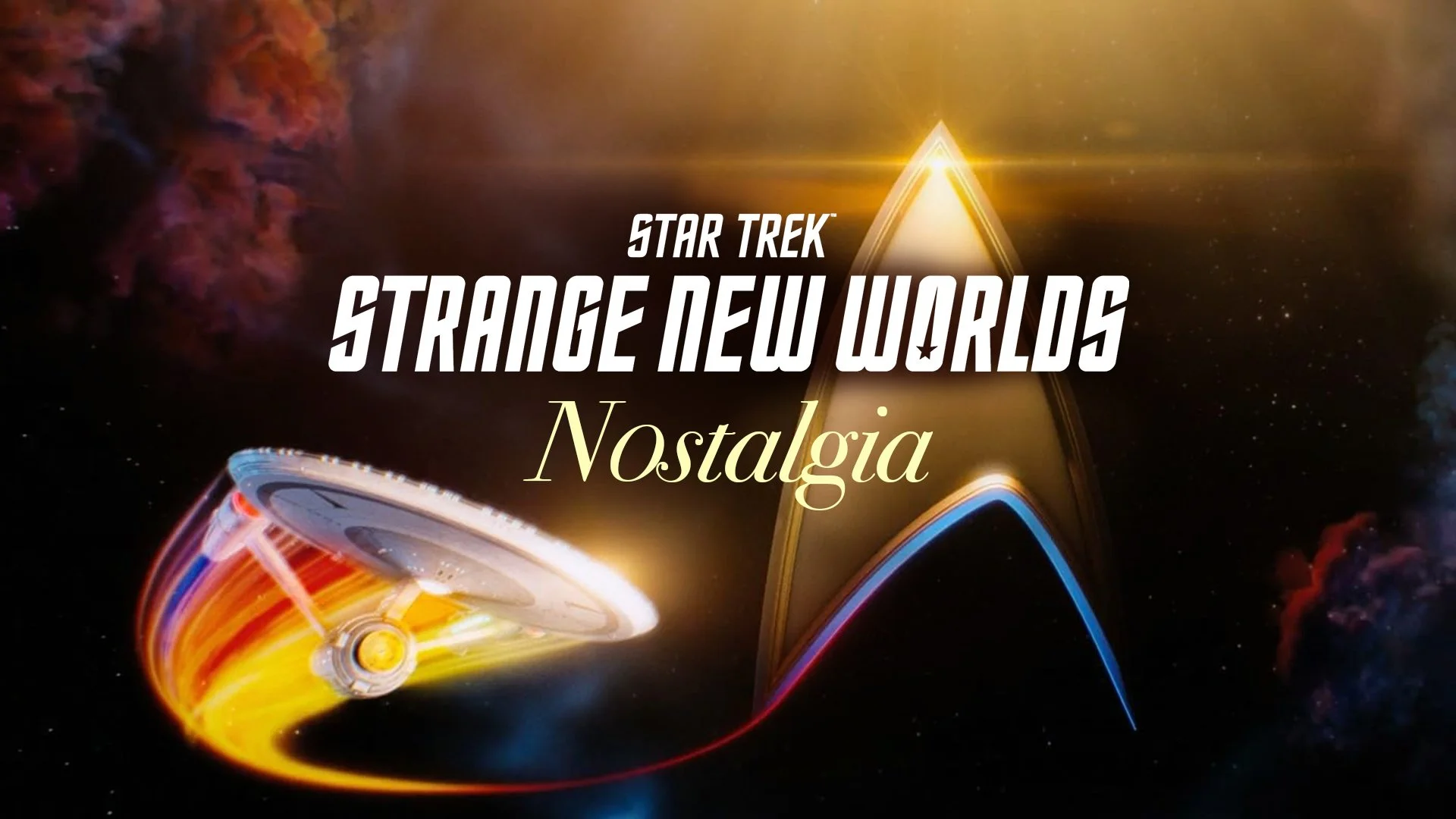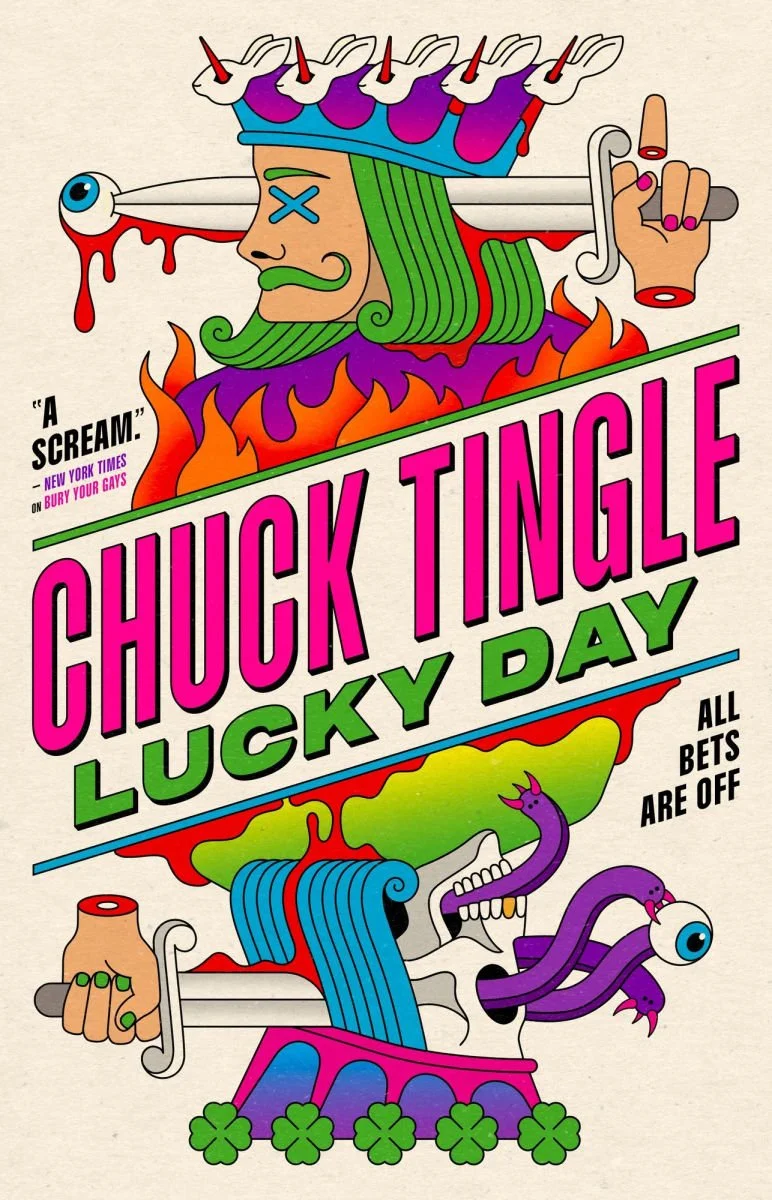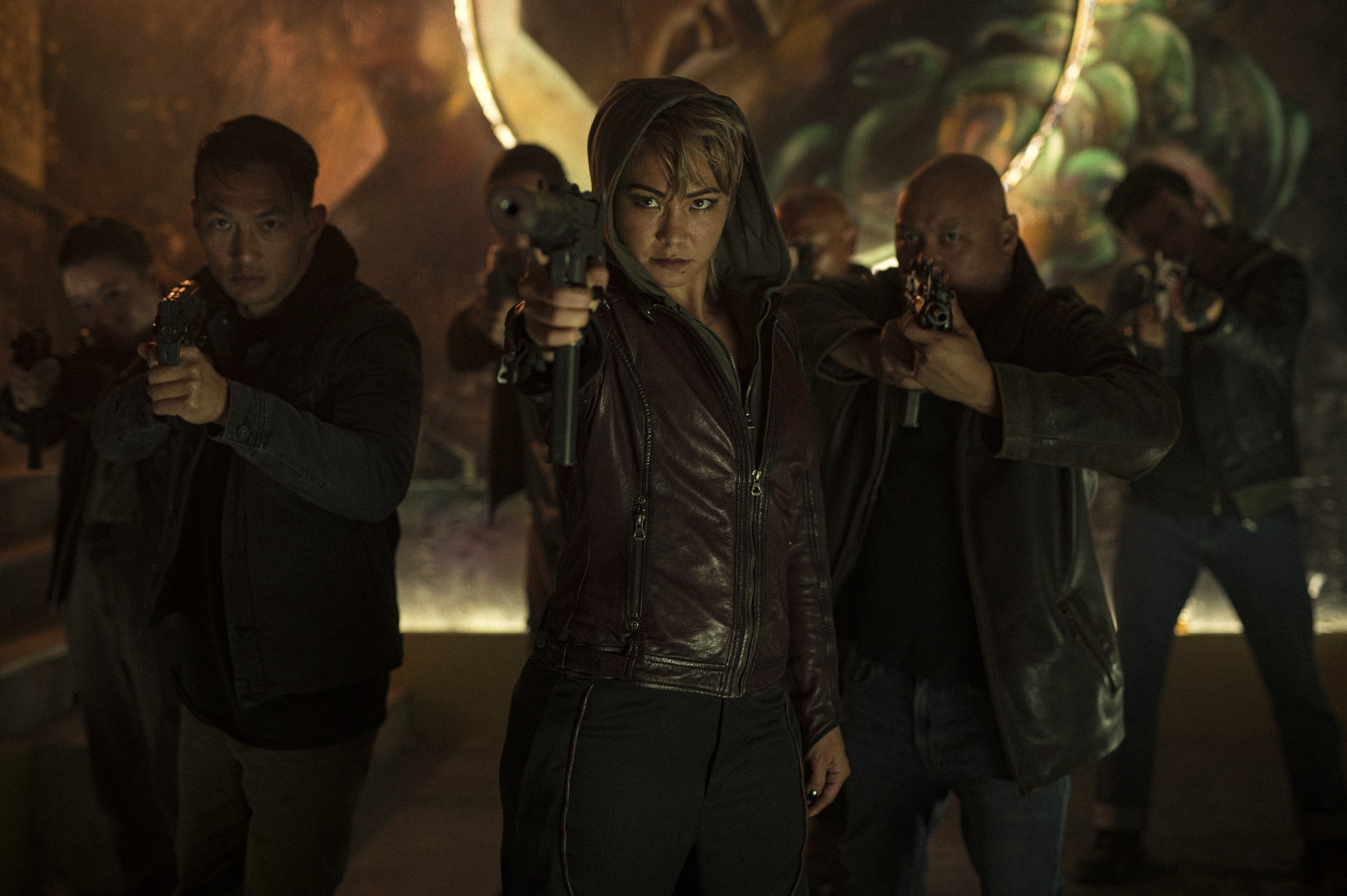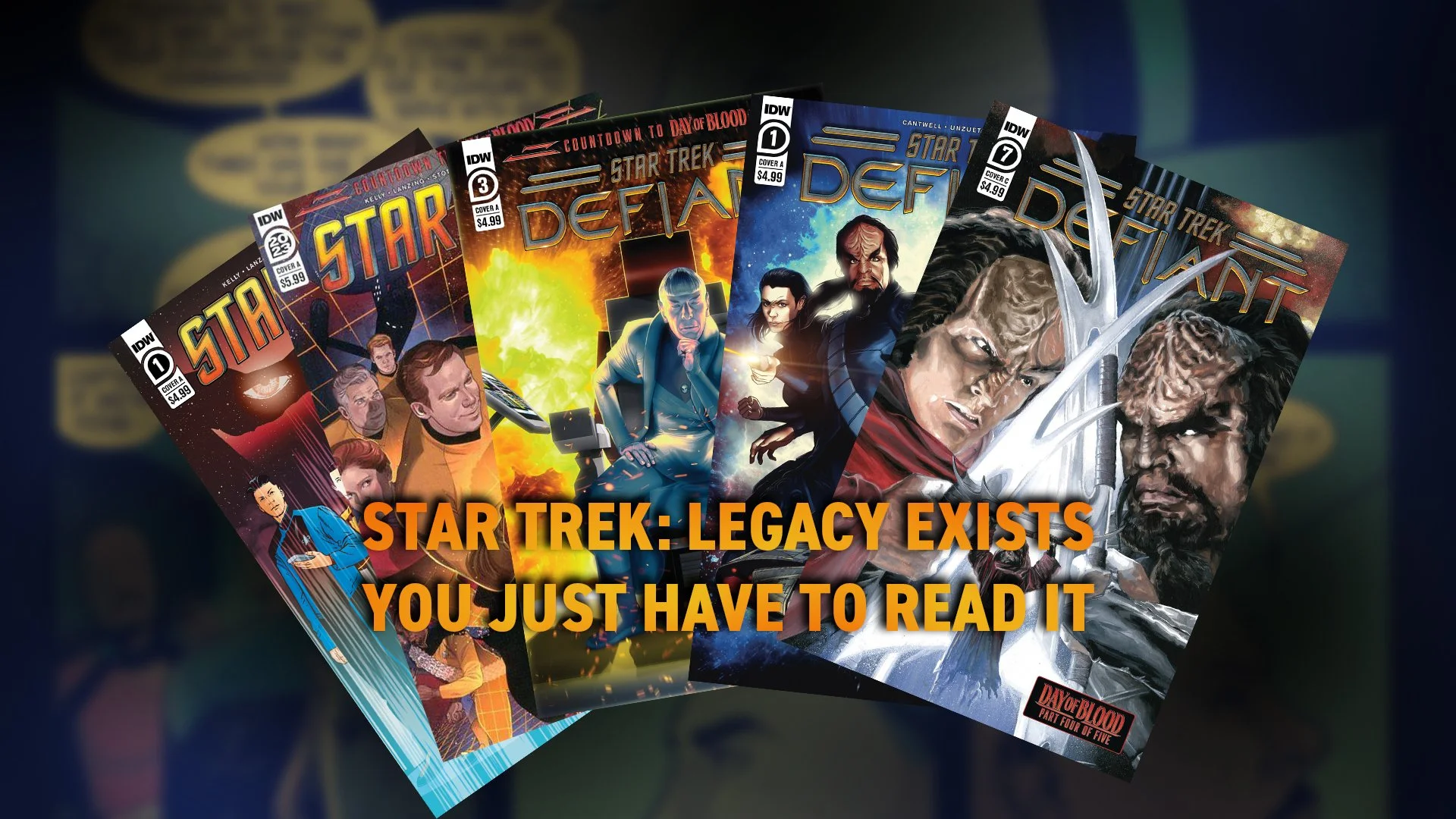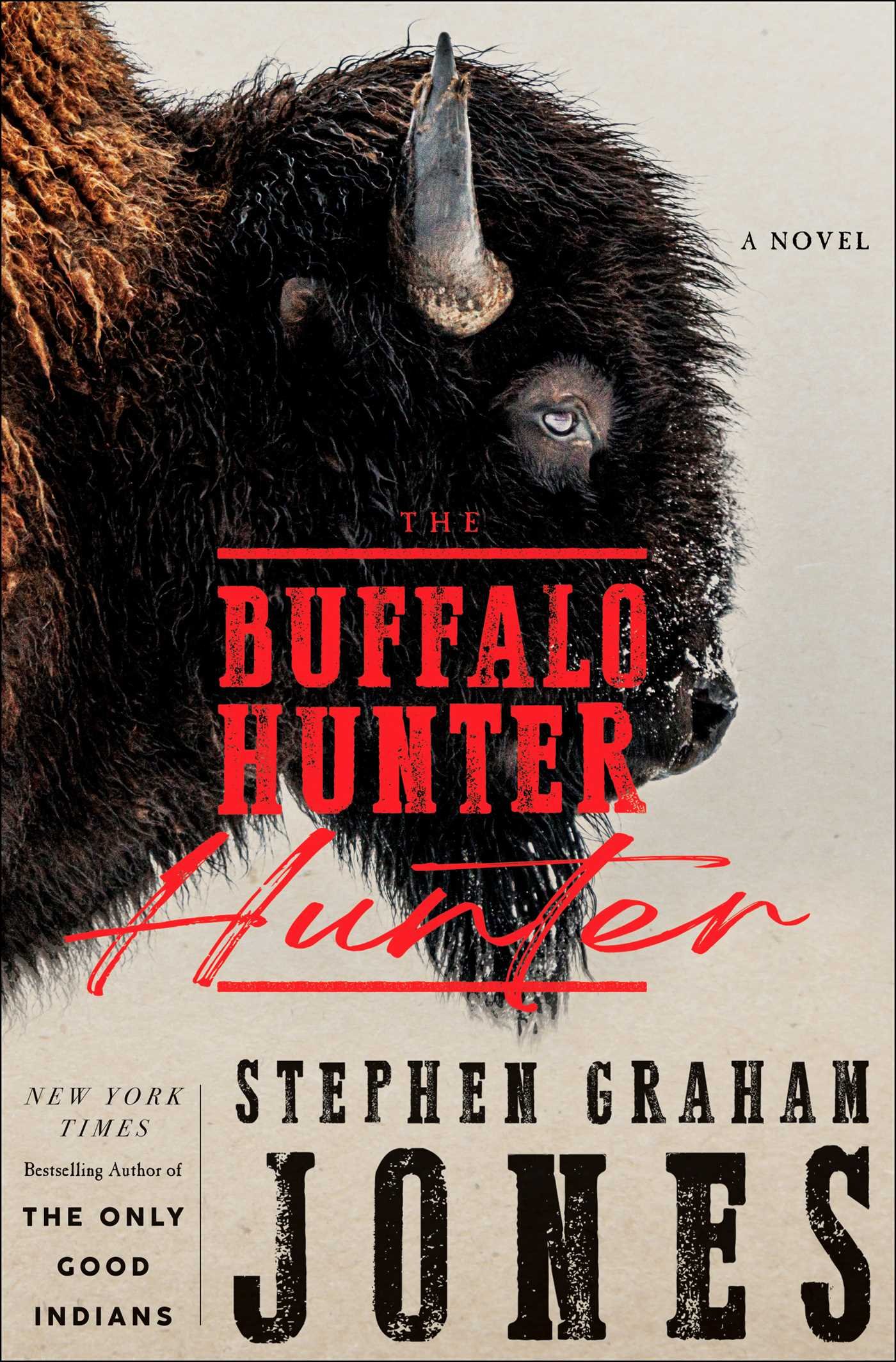By Brandon T. McClure
As soon as Anson Mount swaggered off the transporter pad of the USS Discovery, fans fell in love with his portrayal of Captain Pike. Portraying the second captain of the Enterprise, Mount took on the legacy role originally held by the late Jefferey Hunter throughout the second season of Star Trek: Discovery. Fans immediately began a social media campaign for a spin off show centered around Mount’s Captain Pike and his crew of the USS Enterprise. Paramount heard their pleas and announced Star Trek: Strange New Worlds in 2020 to the cheers of Star Trek fans around the world. However, the show that many were hoping for was not the one they got. Instead, the show seems less interested in telling the story of Captain Christopher Pike, and more interested in setting up his replacement, the nostalgic Captain James T. Kirk. A character who casts a very large shadow over the franchise.
Despite what the general consensus of the internet would have you believe, there's nothing inherently wrong with prequels. They offer a unique opportunity to shed light on characters in ways that could fundamentally change the audience's understanding of said characters. Star Trek: Strange New Worlds found itself in a great position. It was far enough away from the events of Star Trek: The Original Series (I know it’s just Star Trek, but for the sake of my sanity it’s going to be called Star Trek: The Original Series in this piece), which gave it enough room to tell new stories in a familiar setting. Rebecca Romijn and Ethan Peck would reprise their roles as Una Chin-Riley (originally just referred to as Number One) and Spock from Star Trek: Discovery, but there was room to fill the bridge crew with brand new characters for fans to fall in love with. Nevertheless, it didn’t really work out that way.
Number One (Rebecca Romijn), Captain Christopher Pike (Anson Mount), Erica Ortegas (Melissa Navia) and Brad Boimler (Jack Quaid) in Star Trek: Strange New Worlds
While there were new characters introduced like Christina Chong’s La'an Noonien-Singh and Melissa Navia’s Erica Ortegas, most of the principal cast is made up of legacy characters. Jess Bush plays Nurse Christine Chapel, a part originally played by the first lady of Star Trek Majel Barrett, Celia Rose Gooding plays Nyota Uhura, a part originally played by Nichelle Nichols, and Babs Olusanmokun plays Dr. M’Benga, a part originally played by Booker Bradshaw. Like it was mentioned above, seeing these familiar characters isn’t inherently a problem. Afterall, M’Benga only showed up in two episodes of Star Trek: The Original Series and is therefore just as much of a blank slate for the writers as Lt. Ortegas. But after two seasons, the problem lies in how the characters have been used.
For example, Majell Barrett is considered the first lady of Star Trek, not only for her relationship to the “great bird of the galaxy” Gene Roddenberry, but due to the fact that she played three characters in Star Trek including Una Chin-Riley, Nurse Chapel, and Lwaxana Troi from Star Trek: The Next Generation, and then voiced the ship's computer until her death in 2008 (she has a brief vocal cameo in 2009's Star Trek that she recorded beforehand). Although, not many people would consider her Nurse Chapel a well rounded and engaging character. Most of her appearances in Star Trek: The Original Series sees her as Dr. McCoy’s sidekick or fawning over Spock due to her one-sided attraction to him. There’s room for “improvement” so to speak, and a prequel series with her as a lead could lead to a re-contextualization of her character. Even though the first season began to paint Nurse Chapel as a complicated, yet intelligent character, the second season reframed her entire character around her love of Spock. Bringing her back to square one. That’s the real problem, Chapel’s character in the original series centers entirely around other people, namely men. Season two of Star Trek: Strange New Worlds sees Chapel’s entire character arc revolve around other people again, the same men. There is plenty of time for this to course correct, but now that the writers sloppily got her through a relationship with Spock, they’re introducing her future husband Dr. Roger Korby (played by Cillian O'Sullivan). Hell, Chapel’s bisexuality was all but erased in a concerning trend within the once progressive franchise.
In contrast, Dr. M’Benga got some much needed character development in the first season of Star Trek: Strange New Worlds. His arc, especially in season one, is a good example of how this prequel series can positively develop a legacy character that enhances his appearance in Star Trek: The Original Series. In fairness, the writers fumbled his story in season two by forgetting that he was a doctor and focusing on Babs Olusanmokun’s martial arts training. While it’s cool that Dr. M’Benga has another side to him, it was frustrating that the second season focused so heavily on this side that it neglected the important side of him. But regardless, Dr. M’Benga is a step in the right direction for what this show can achieve when it focuses on its own cast of characters. Similarly, Una Chin-Riley has also benefited from being a featured member on this show.
But then, there’s the biggest legacy character of all. The one that the entire franchise revolves around. The future captain of the USS Enterprise, James T. Kirk. Star Trek: Strange New Worlds surprised audiences in the final episode of the first season by revealing that Paul Wesley had been cast in the role, making him the third actor to play Kirk. So far Wesley has shown up in four episodes of Star Trek: Strange New Worlds, but only two as Lt. Kirk (time travel and alternate universes account for the other two appearances) and will definitely show up more and more as the show progresses through its final three seasons. Frankly, the question of whether or not Kirk needed to be in this show has to be asked constantly. Sure, his brother Sam Kirk, played by Dan Jeannotte is part of the crew of Pike’s Enterprise, but Akiva Goldsman (co-showrunner) and his team of writers don’t seem interested in developing Sam and Jim’s brotherly relationship, but do seem very interested in setting Jim Kirk up to take command of the Enterprise.
Captian James T. Kirk (Paul Wesley), Erica Ortegas (Melissa Navia) and Christine Chapel (Jess Bush)
Recently, during an interview for season three, Akiva Goldsman spoke about how the final episode of Star Trek: Strange New Worlds will show Kirk’s first day as captain of the Enterprise, saying “We will take the show to Kirk’s first day of command.” As if the show only exists to set up the events and characters of Star Trek: The Original Series. Which means this show will never be able to stand on its own. Much has been said about Star Trek: Enterprise, but at least it’s able to stand on its own as a Star Trek show first and a prequel show second. Of course nothing exists in a vacuum. Audiences have the original series in mind when watching Strange New Worlds, and it will be compared to it whenever it tries to do something new or different. Star Trek: Strange New Worlds can’t magically come out first. Perhaps in another world where the shows came out in reverse order, an episode like “The Menagerie” would be considered “fan service” and writers would be trying to find ways to shoe horn in Captain Pike every three episodes.
Remember when WB decided that The Hobbit should be three movies and Peter Jackson wrote in a ton of references to The Lord of the Rings films? Legolas isn’t in The Hobbit but he’s all over the film adaptation. His arc ends when his father says he needs to go and find Aragorn. Legolas only exists in that movie to set up his appearance in The Lord of the Rings. He serves no other purpose and is arguably wasting space and taking the attention away from the story being told. That’s what Paul Wesley’s Kirk is doing to the cast and characters of Star Trek: Strange New Worlds. From 1963 to 1994, Captain Kirk dominated Star Trek in both television and film, and then again in 2009 to 2016 when JJ Abrams rebooted the franchise around Kirk and the original series crew. There’s plenty of Captain Kirk. Like Legolas in The Hobbit, it’s fair to ask “why is he here?” In this instance, he overstayed his welcome before he even got there.
It’s only going to get worse. Now that the show has an expiration date, the writers want to “set up” the original series. Scotty, originally played by James Doohan, now played by Martin Quinn (the first Scottish actor to play the character) has now joined the main cast of Star Trek: Strange New Worlds. Rather than developing the resident Chief Engineer, Pelia, the writers have decided in their infinite wisdom that they need to set up Scotty and his relationship to the Enterprise and his future captain. Introducing a legacy character will always take away from the new characters. Always. It almost feels like the writers would have rather have written a reboot of Star Trek: The Original Series and consider this show a back door pilot to that. Which has been all but confirmed in every interview for the new season. It would not be a surprise if Dr. McCoy or Sulu were to show up by the end of season three or four.
The writers of Star Trek: Strange New Worlds seem to be of the opinion that the show's only value comes from how it can set up and lead directly into the original series. As if every story only serves to set up the next. The next story is the only one of value, so every story has to center around it. Rather, the opposite is true. It’s established canon that Kirk and Pike didn’t meet until Kirk took over the Enterprise, but in a world where Kirk’s story is the only one that matters and Pikes only exists to set up Kirk, then that needed to be retconned. This course devalues Pike's story. His crew doesn’t deserve to have a story of their own, rather their story only exists to set up or enhance what came before. It’s a shame, because Star Trek: Strange New Worlds should be able to stand on its own and not be beholden to a show that came out 60 years ago. We aren’t learning about new adventures that Pike went on, we’re learning about a footnote in the history of the Enterprise while Pike kept the seat warm for Kirk. Pike was in command of the Enterprise for 15 years, so surely there should be more reverence put on his tenure. Strange New Worlds should put its value on its crew, and not the set up of a crew that audiences are more than familiar with.
Streaming shows don’t have the real estate that network shows used to have. At the end of Star Trek: Strange New Worlds’ five season run, it will have fewer episodes than Star Trek: The Original Series did in three. The higher production budget that streaming shows get, demands less episodes, which is why serialized television thrives in the streaming era. Episodic television like Star Trek has a harder time. Star Trek: Strange New Worlds was born out of a desire to go back to the episodic nature that the franchise was known for. The benefits of that meant that audiences would be able to spend more time with the characters and get to know them without the writers having to worry about some looming threat or mystery that needs to be set up in every episode. While some characters have benefited from this, like Una Chin-Riley and M’Benga, others have not been so lucky. In 20 episodes, all audiences know about Lt. Ortega is that she “flies the ship.” Perhaps the writers could have cut a Jim Kirk (who’s a guest star at best) episode in favor of an Ortega's (who’s a credited lead) one. But maybe that will change in season three.
The problem is that nostalgia is a hell of a drug. Franchises have made billions on nostalgia, but that’s not what Star Trek is. Star Trek is a franchise about moving forward, learning from the mistakes of the past, actively building a better future for those that will come after you, and the hope that things can get better. It’s about looking to the future, and nostalgia is about looking to the past. Even though Star Trek: Strange New Worlds is a prequel, it can still carry those ideas and forge a new path with new and old characters. Telling stories that are progressive and relevant to today, and not be so focused on setting up a status quo that is, frankly, outdated. A 21st century Nurse Chapel shouldn't look or feel the same as a 20th century idea of Nurse Chapel. Ideas change all the time as we improve ourselves. Star Trek: The Original Series is progressive for its time, but it’s not perfect and Star Trek: Strange New Worlds shouldn’t be actively trying to emulate it. It should be forging a new path so that the characters of Ortegas, La’An, Una, M’Benga, Chapel, and even Pike can stand shoulder to shoulder with Kirk, Picard, Sisko, Janeway, and Archer. Star Trek: Discovery understood this, and while that show was also not perfect, it remains the most bold and progressive Star Trek show to date.
All that said, there’s ways that Star Trek: Strange New Worlds can use its nostalgia to its strength. If the writers are so insistent that Jim Kirk be a regular guest star, then they should do more to set up his relationship with his brother Sam. That’s a character that was introduced as a dead body in the original series, so there’s plenty of room to form that relationship that can recontextualize the moment in the original show. Season one introduced the beloved Captain Angel, who was working with Spock's brother Sybock. This was a much maligned character when he was introduced in Star Trek V: The Final Frontier, but Strange New Worlds could build a relationship with Spock. Audiences have seen Kirk, they’ve seen Spock wrestle with his emotions, they’ve seen Chapel fawn over a man who doesn’t love her back. But there are still plenty of things they haven’t seen and Star Trek: Strange New Worlds should be focusing on those. It’s not too late either, they have three seasons left to course correct.
Star Trek: Strange New Worlds isn’t a bad show, and it’s certainly not a bad Star Trek show. It’s weirdly regressive, overly reliant on nostalgia and it’s starting to feel like a set up for a show Akiva Goldsman would rather write, and that’s just after two seasons. But it’s not a bad show. Its first season is one of the strongest in the franchise's history, and it’s incredibly well cast with loveable actors that make you forget the writers aren’t interested in developing them. It’s also got some of the most fun episodes the franchise has ever produced, with a crossover with Star Trek: Lower Decks and the franchise’s first musical episode. It just needs to dial up the progressiveness, and dial down the nostalgia. Focus on this cast, this crew, and stop focusing on setting up a 60 year old show.

